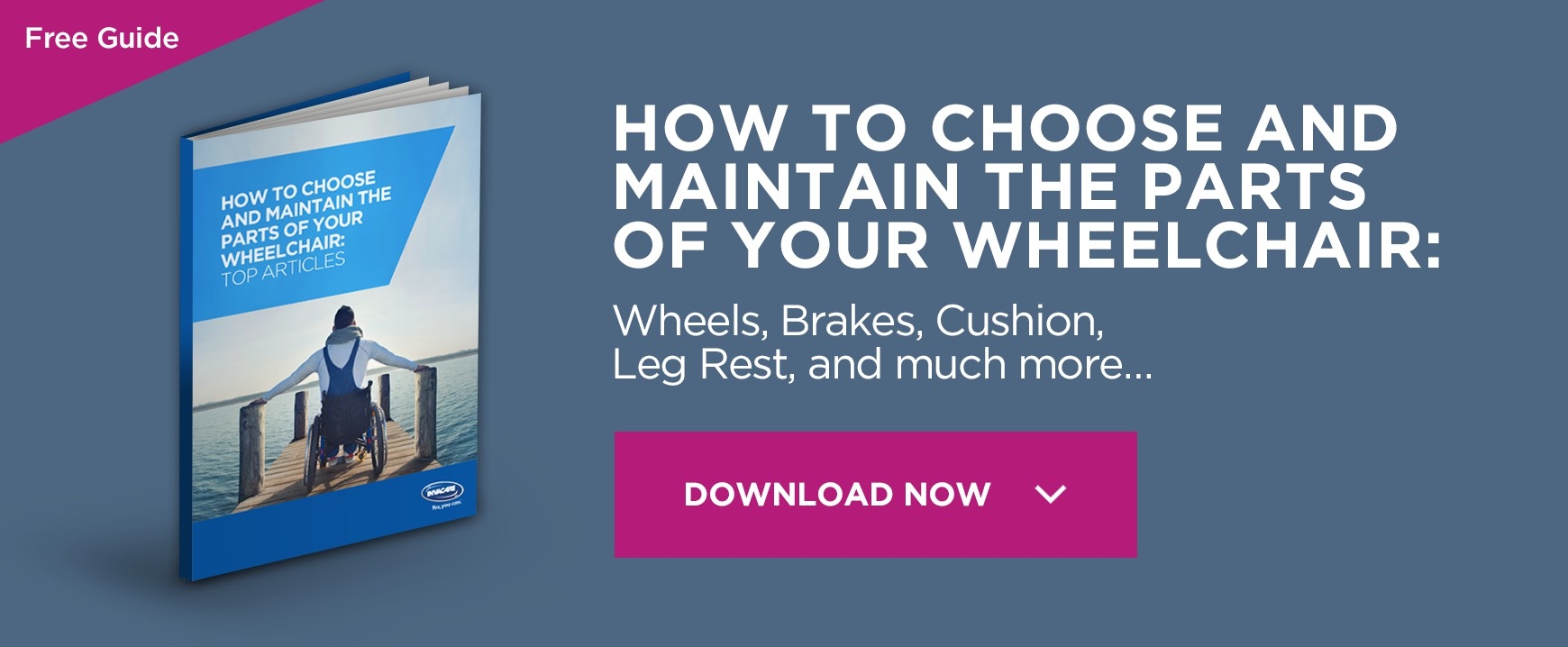Why accessibility information is important?

Picture this for a moment – you’ve just left your home and your final destination is over thirty kilometres away, but you’ve no idea how to get from A to B and you’ve not planned any of the route or what mode of transport you’ll take to get there? That is why you need accessibility information.
Sure, the answer to these worrying problems may be simple, in a world where we’re always connected, one could simply perform a little Google search and have the directions in no time at all, plus some valuable information on how to get their by bus or train. In fact, technology is so handy these days that you’ll even get a detailed breakdown of the bus timetable and which bus would get you there the quickest, factoring in distances to the bus stop.
But what if you were doing all of this and having to contend with a disability? Suddenly the most routine of trips can become a logistical nightmare – as you suddenly find yourself wondering things such as – “does the subway have an elevator on the side of the platform I need to be on?” or – “Once I arrive at my destination, is there access into the building, or will I be stuck outside looking for someone to help me?”.
Before you know it, it’s becoming ever more clear and obvious why information on accessibility is so undeniably invaluable.
Accessibility is a minefield which cannot be covered by any sweeping terms or basic modifications – accessibility is subjective and open to interpretation. Simply put, what may be accessible for one person, could be the idea of hell for another. When companies and local authorities look to be doing more for one specific type of disability, they can often be seen to be falling short for another. To give an example, it’s all well and good installing ramps at a Pelican Crossing (the places where you can cross the road after you wait for the lights to change) ideal for wheelchair users wanting to cross the road – but if you’re not also going to include features for the blind, such as a loud noise or a pulsing vibration to notify a blind person that it’s time to cross – then here is just one example of how the accessibility features would not be accessible for all.
To be able to better ensure that accessibility is approached in a thorough and realistic manner, greater information needs to be portrayed not only to those who require it at the time, but to the wider population as a whole. Educating the masses on various aspects of accessibility and access needs is just one stepping stone in a long path towards making society ever more inclusive.
Further to the fact that educating the population on accessibility will enable more people to understand its importance, so too will it grant disabled individuals the chance to have pivotal information at their disposal, to help them navigate their daily lives. The encouragement of local establishments and councils to present more detailed information on their own particular accessibility features – will offer users of those said services the possibility to know ahead of time, what to expect once they arrive. As an example; this could mean the difference between a disabled individual visiting a certain area alone, or being aware that they should travel with an assistant.
The importance of quality accessibility information is not to be undermined and more should be done to ensure access for all is a top priority and with that, the details given to support such access is made readily available for those who need it most.
If you’d like to check out more articles like this then feel free the head on over the Passionate People blog by Invacare, where you can read posts such as; “Disability Aids for Cars: Travel with Ease”, and much more!







